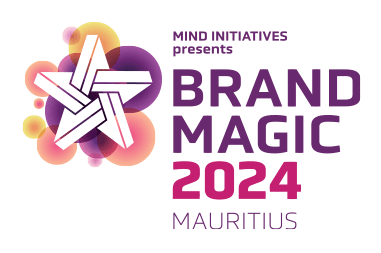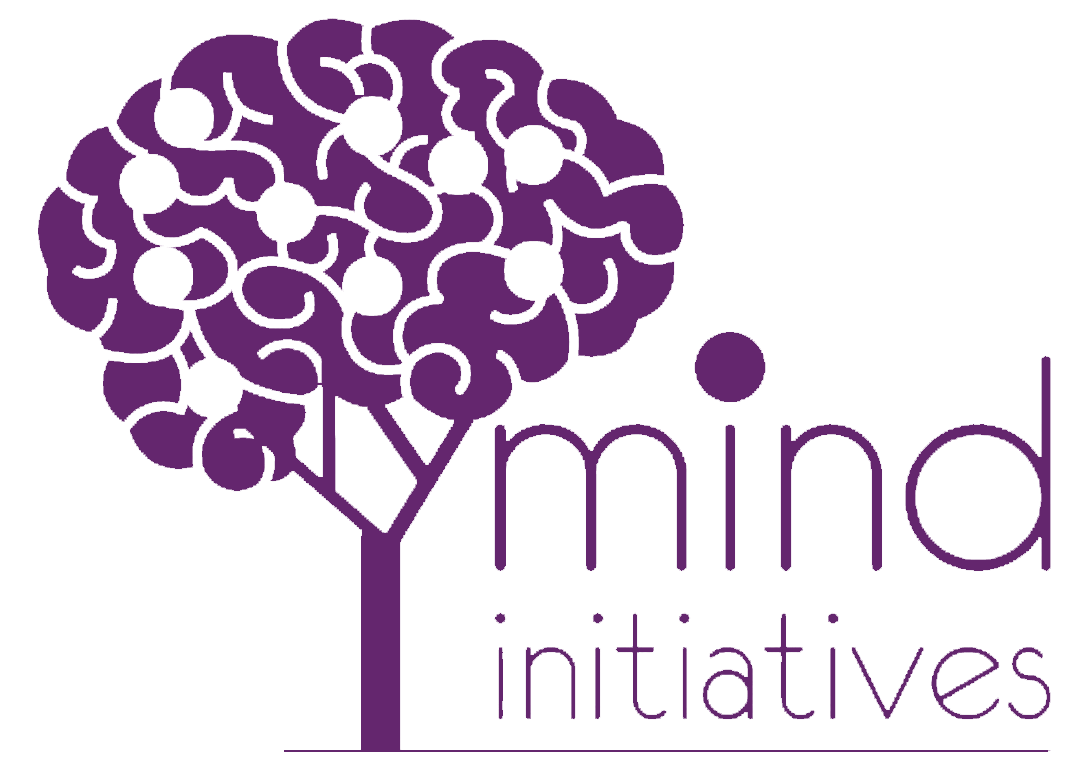When Emmanuel started out his career there were convent educated English copywriters who would write the queen’s English with a chip on their shoulders. He survived them. Then the market gave birth to copywriters from the cow belt who wrote, with many chips on their shoulders, in the language of the masses. He not only survived them, but also led his agencies to global fame.
He has worked close to 2 decades at the largest advertising groups in the world WPP (Ogilvy, Contract) and Publicis (Leo Burnett, Saatchi & Saatchi and Publicis Worldwide), and has created work across categories like Fintech, Automotive, FMCG, IT services and Consumer Durables. In 2003-2004 he was ranked India’s #1 creative according to Campaign Brief Asia. He has won every award in the industry including the coveted Cannes Gold.
Emmanuel has judged prestigious awards shows like D&AD, Adfest, London International, Kyoorius and is a regular jury at Goafest. In 2017 he addressed about 1500 delegates from around the world at Adfest, Pattaya. Today as technology is disrupting every industry, it looks like we have entered an age that is programmed for people who can provide solutions with the language of ideas. Looks like Emmanuel was built for these times.
He recently quit a high profile position as CCO at Cheil Worldwide to start something new: EFGH Brand Innovations.
Presentation Synopsis:
Emmanuel will delve into the emergence of technology in the creative landscape, addressing crucial questions about the future of human-generated ideas. He will decode the “Technology of Idea” as a true differentiator in the realm of brand communication. Exploring the premise that Al and technological advancements are tools rather than creators, akin to the revolutionary impact of the Gutenberg press, he will emphasize the enduring power of human-generated ideas in an era where innovation meets automation.
Main Points:
• Understanding the synergy between technology and creativity in brand communication.
• Insights into utilising technology as a catalyst, not a substitute, for creativity.
• Strategies for navigating the evolving creative landscape and leveraging the fusion of technology and human ingenuity for brand success.



